Massive Dead Stars Found In The Center Of Our Galaxy
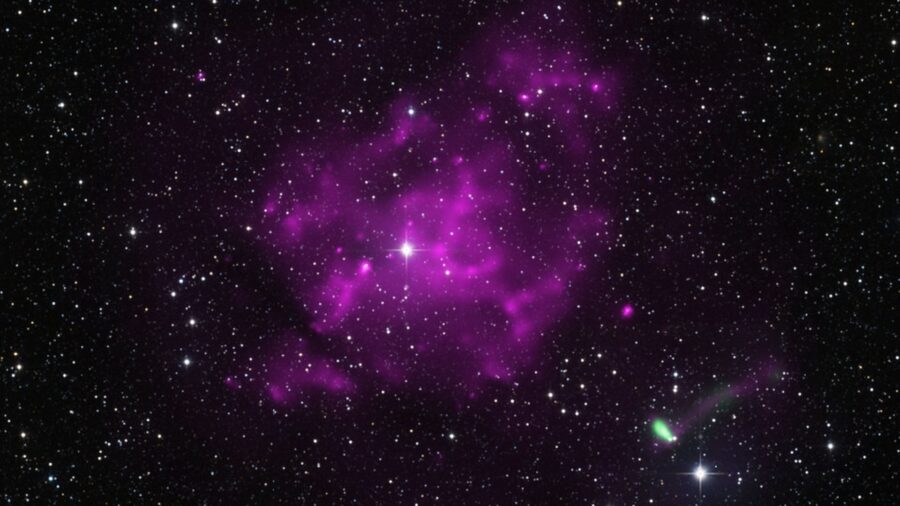
Scientists in the United States and South Africa recently announced the discovery of 10 neutron stars near the heart of the Milky Way galaxy. These stars, commonly referred to as “dead stars,” were spotted near each other in a globular cluster named Terzan 5, a spot in our galaxy where hundreds of thousands of stars between 4.5 billion and 12 billion years old are located. What makes these neutron stars so unique compared to their neighbors is that they are among only 39 other known stars referred to as pulsars in this area.
An Exciting Observation That Transcends Borders

A pulsar is up to billions of times denser than the typical star and is capable of rotating more than 700 times per second. The sheer density and speed combine to give strong magnetic fields that pulsate powerful beams of light that are captured by astronomers. Dead stars or not, these massive bodies are being excitedly observed and discussed as a result of this latest find, largely due to how tightly they are clustered together.
The dead stars were found in a spot more than 18,000 light years away from the Earth by equipment that included the United States National Science Foundation Green Bank Telescope (NSF GBT) and the South African Radio Astronomy Observatory’s MeerKAT Telescope. The international team of scientists consisted of astronomers from the Max Planck Institute for Gravitational Physics and the Max Planck Institute for Radio Astronomy.
Insights Into Orbit Behavior
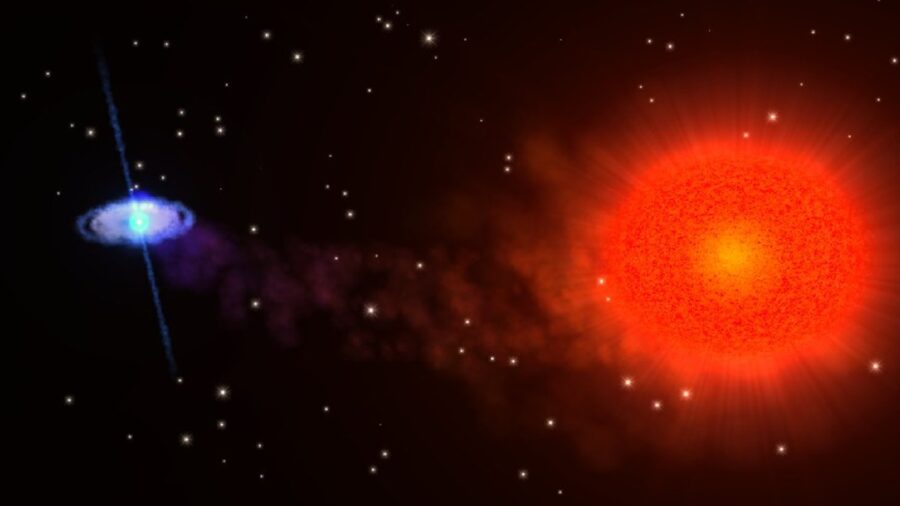
The dead stars were first located by the MeerKAT Telescope, which was able to give an approximate location for each of them. This equipment also tracked the rotation of each pulsar and then transferred the data so that it could be matched against findings from the NSF Green Bank Telescope from the last 20 years. The combination of information made it possible for the international team to compile data that revealed the pulsars exact positions as well as how they behaved in orbit.
A Closer Look At A Rare Occurrence
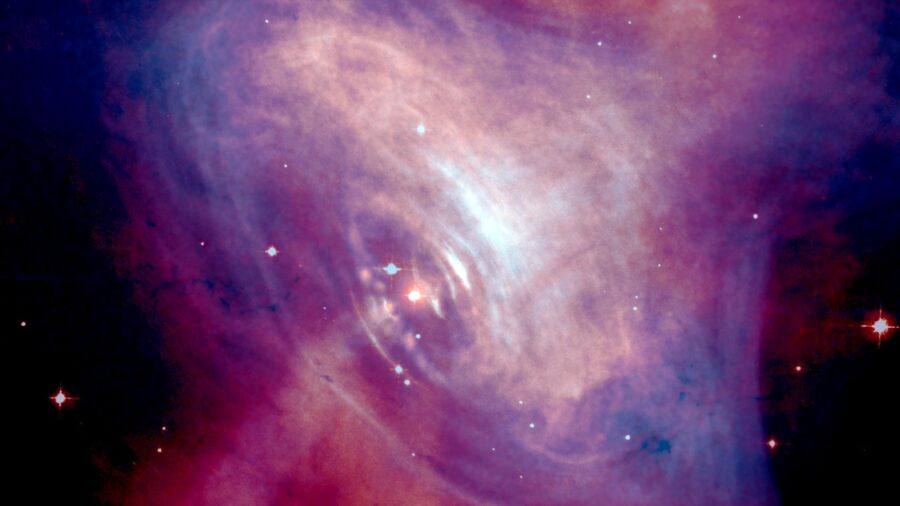
Two of these dead stars have been revealed to be double neutron star binaries, a body so rare that only 20 are known to exist out of the estimated 3,600 pulsars in our galaxy. These stars are formed when one neutron star attracts cosmic material from a nearby star, which rapidly accelerates the rotation of the parasitic star.
Spiders In Space (Kind Of)
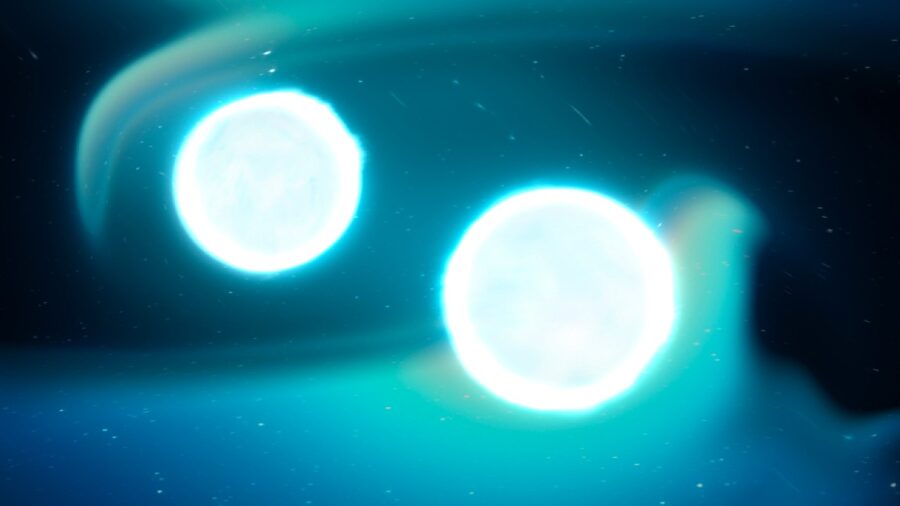
The team of astronomers picked up more than just dead stars in their observations. Three spider pulsars were also spotted, named for the way that they absorb nearby companion stars. When the mass of a nearby star is between 10% and 50% of the sun’s mass, the spider pulsar that preys upon it is referred to as a “Redback spider pulsar,” while a black widow pulsar will suck the energy away from nearby stars that have a mass of less than 5% of the sun’s.
Get In On The Action
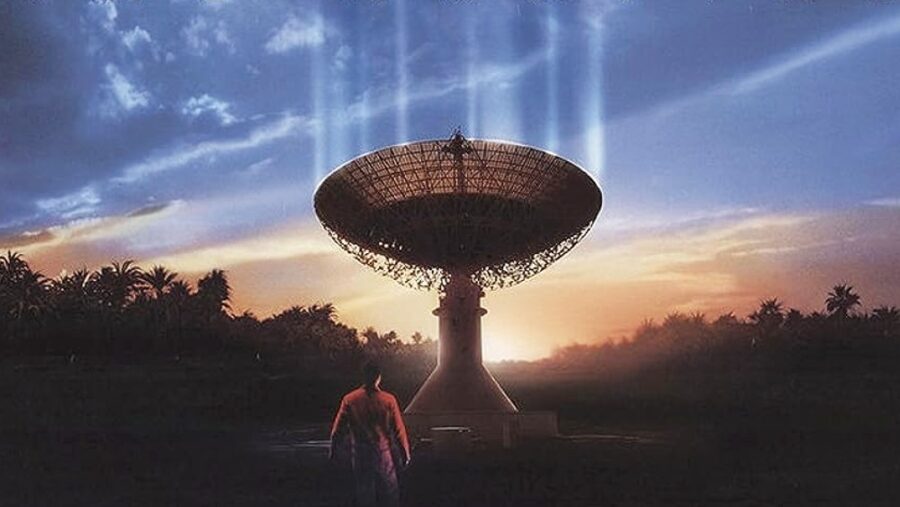
The team of astronomers are hoping to continue to uncover more of the bodies inside Terzan 5 and urge civilian scientists to get in on the action. The Einstein@Home project has helped to reveal the existence of 90 neutron stars, which is a program that can be run during a computer’s idle time. The program uses this time to search for “weak astrophysical signals from spinning neutron stars” by connecting it to an array of deep space telescopes.
Sources: National Radio Astronomy Observatory












